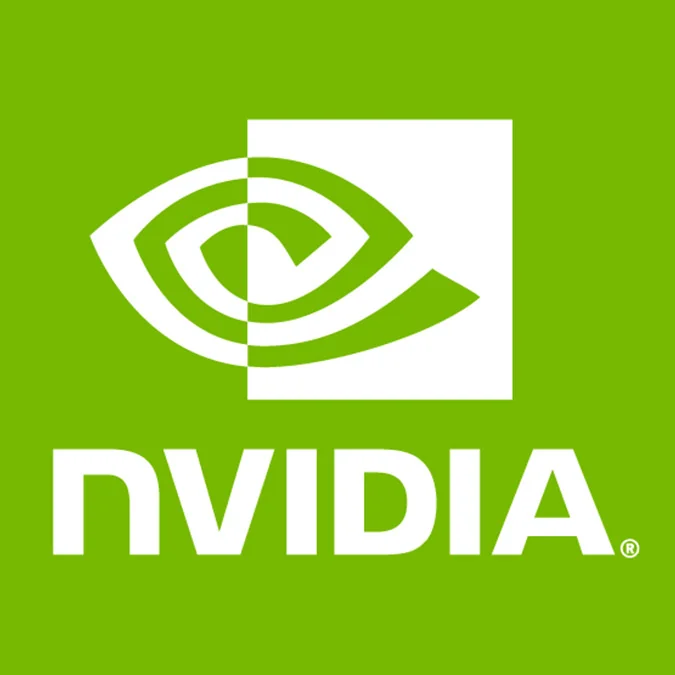NVIDIA's VDPAU Library Updated For DRI2 Work

While VDPAU is most commonly associated with NVIDIA's graphics driver, there is VDPAU support in the S3 Graphics driver, eventually to Gallium3D and the drivers found there, and potentially other Linux drivers down the road. When VDPAU support is found in multiple, common drivers is when this DRI2 support will really be important and beneficial, but fortunately it's present and ready now with X Server 1.8 and version 1.2 of the DRI2 extension.
The libvdpau 0.4 update that was released this afternoon adds in the support for querying the DRI2 extension to find out the VDPAU driver on a per-screen basis so that it can be appropriately loaded. This libvdpau update is compatible with older X Servers and versions of dri2proto, as it just falls back to assuming the NVIDIA driver is in use. Besides this back-end support, there is some documentation updates but that's about it for this release.
The VDPAU Library 0.4 release announcement can be found on xorg-announce.
13 Comments

